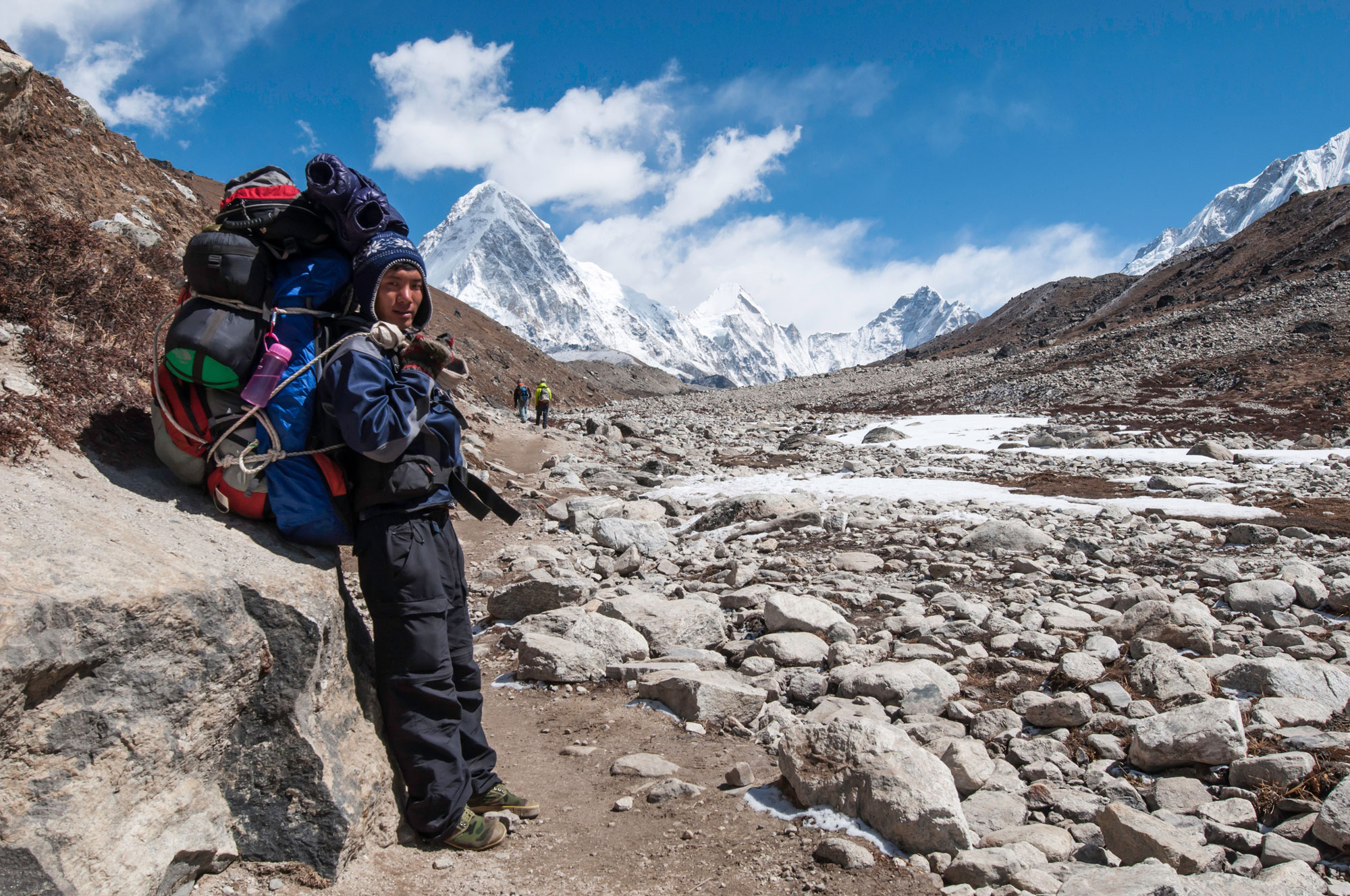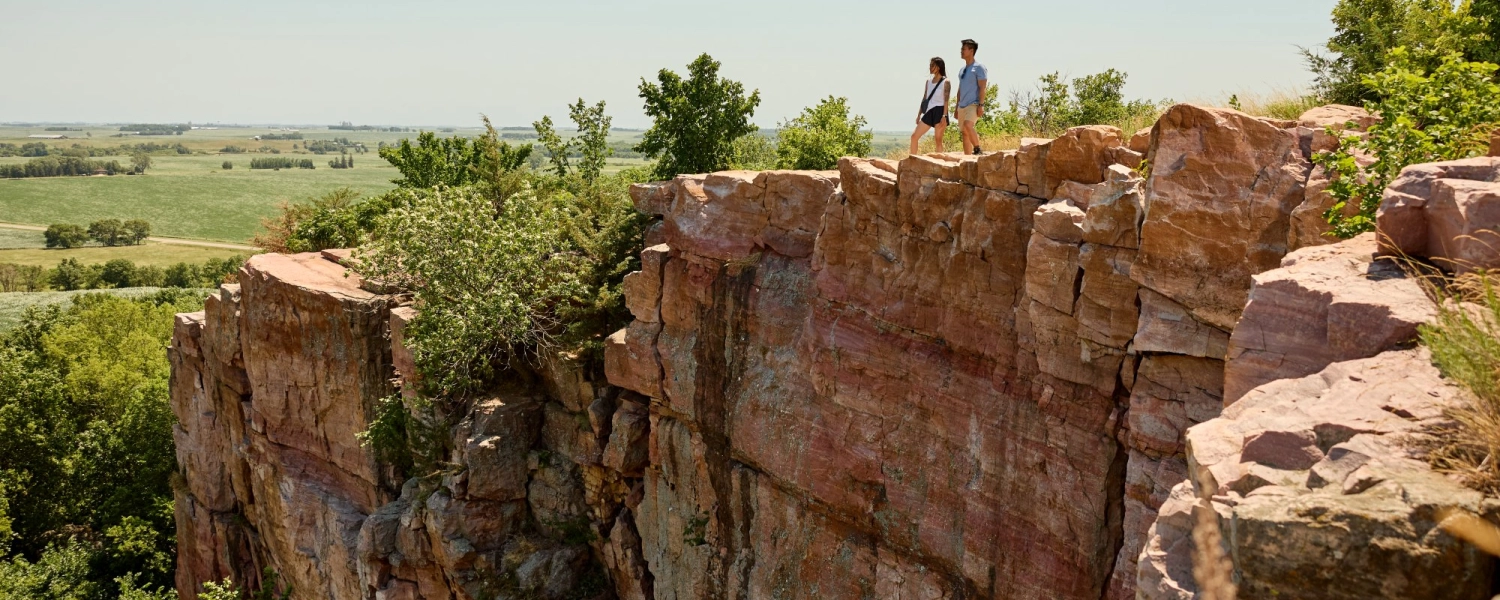- Details
- Written by: Jack Clayton
“…the Sherpa have developed an unrivalled reputation for elite-level mountaineering.”Over the years, the Sherpa have developed an unrivalled reputation for elite-level mountaineering. Their knowledge of the world’s most mountainous region, and the various routes hidden within it, proved to be invaluable to the Himalayan summiteers of the 1950s. Tenzing Norgay for example, often referred to as Sherpa Tenzing, wrote his name large in the history books when he officially became one of the first two people to reach the top of Everest in 1953. He achieved the feat with New Zealander Sir Edmund Hillary. Sherpa mountain guides are known throughout the world for their stamina, expertise, and work-ethic at the world’s most elevated points. It has been argued that their phenomenal climbing ability is, in part, down to genetic adaptations that have occurred as a result of of living at high altitude. Very similar arguments have been made on the subject of Kenya and Ethiopia’s continued success in the long-distance running events.
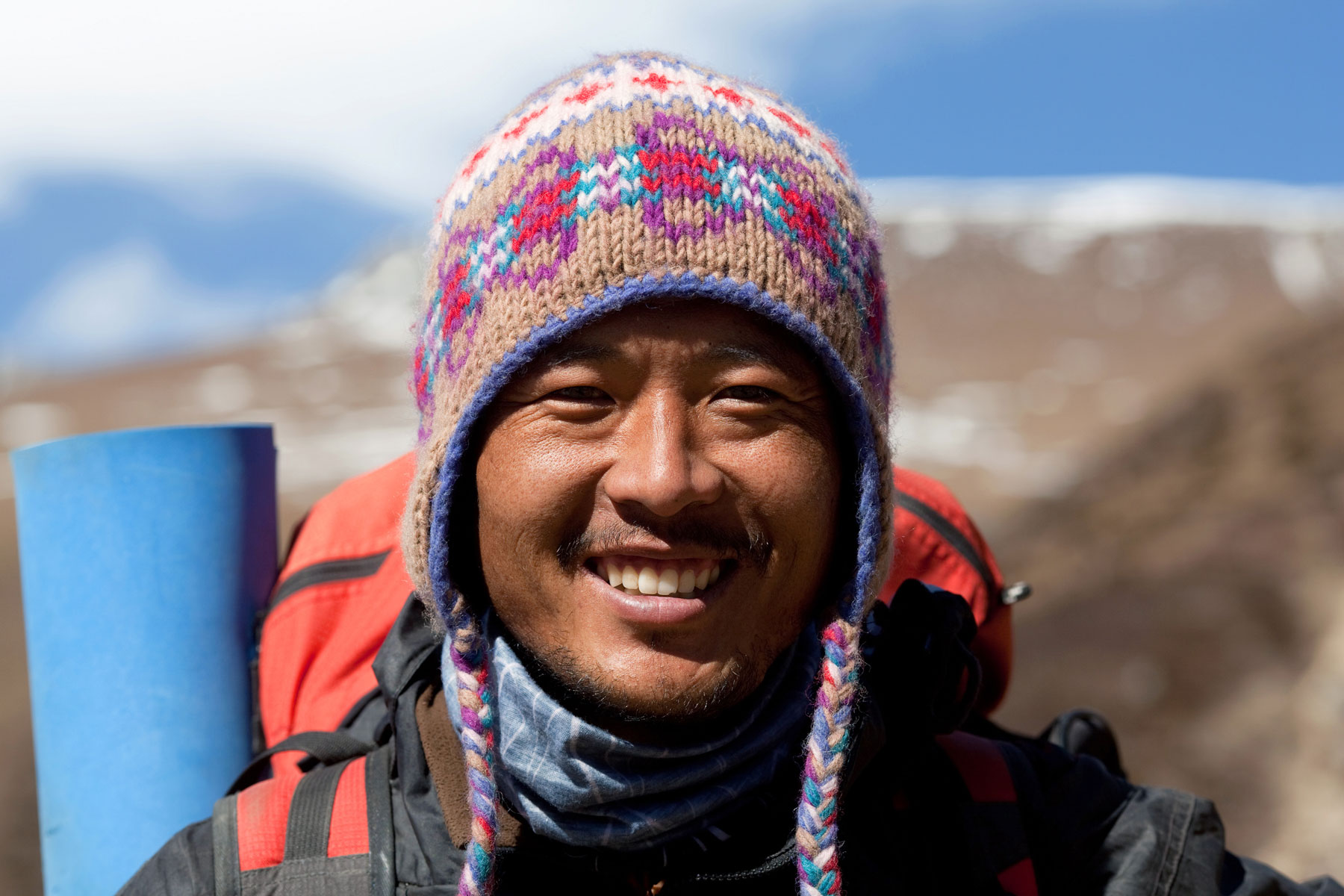
Famous Sherpas
As we’ve already mentioned, Sherpa Tenzing Norgay is one of the most famous mountaineers in history as a result of his exploits on Everest in the first half of the 1950s. However, when it comes to Sherpas making a name for themselves off the back of Mount Everest…Tenzing Norgay is far from alone. Take Apa Sherpa and Phurba Tashi Sherpa, for example. These two hold the joint record for the most successful climbs of Everest. Believe it or not, they’ve both made it to the summit an astonishing 21 times each. Not a bad effort, hey? Other famous Sherpas include Lhakpa Sherpa, who’s climbed Everest eight times (more than any other woman in history), and Angrita Sherpa, who’s done the most summits of Everest without supplemental oxygen (10 times). Angrita Sherpa’s exploits have earned him the nickname: “The Snow Leopard.”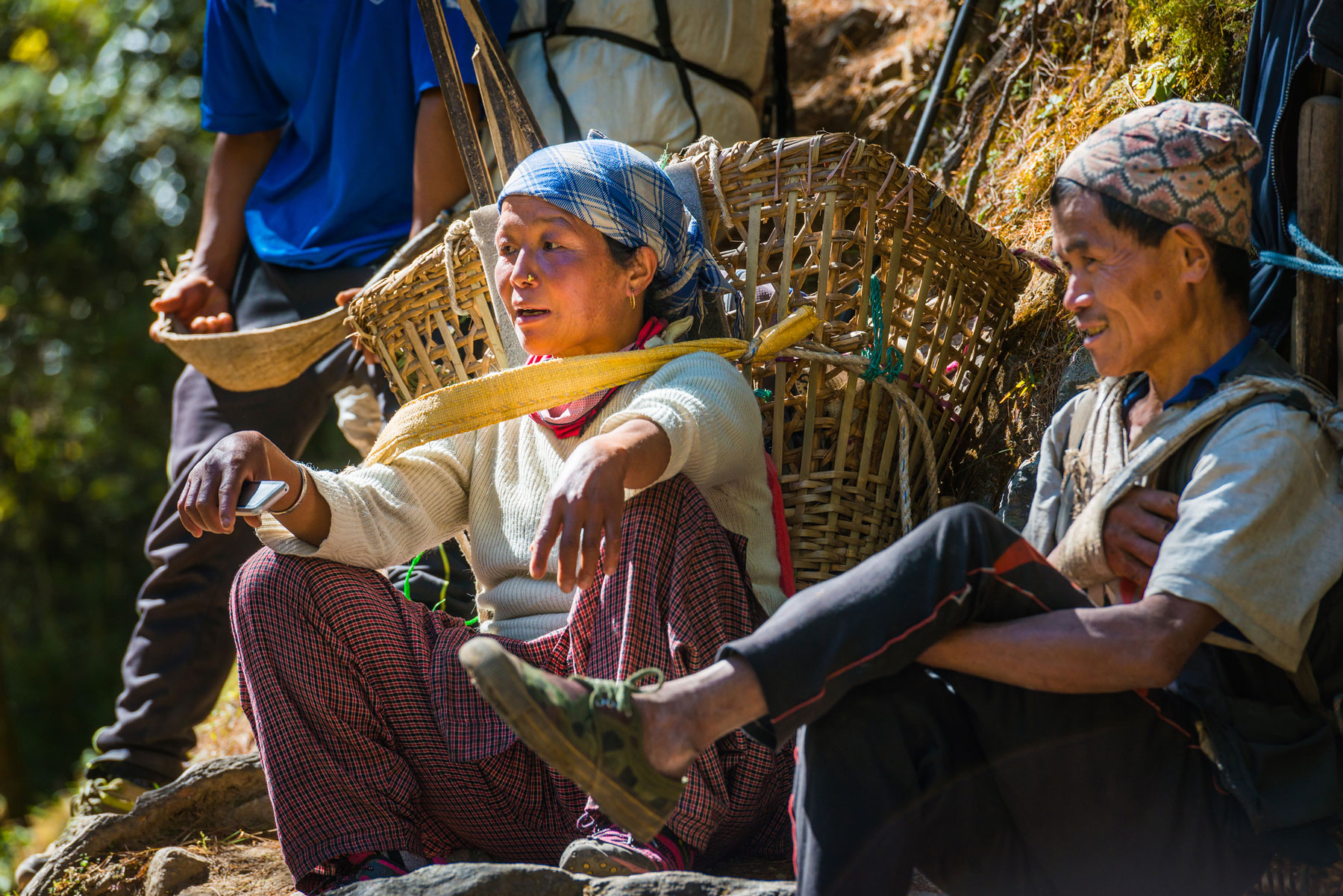
Sherpa Tragedies
In 1922, during one of George Mallory‘s attempts on Everest, an avalanche hit a rope team and resulted in the death of seven Sherpas. These were the first recorded fatalities on an Everest climb. Over the years, there has been a number of Sherpa deaths on the mountain. In 2014, 16 Sherpas tragically lost their lives when an avalanche occurred on the treacherous Khumbu Icefall. In an Outside Online piece from April 2014, it was calculated that Everest Sherpas have a fatality rate of 4,053 to every 100,000 (roughly 4 in every 100). This truly alarming statistic illustrates the dangers of being an ethnic Sherpa working on Everest.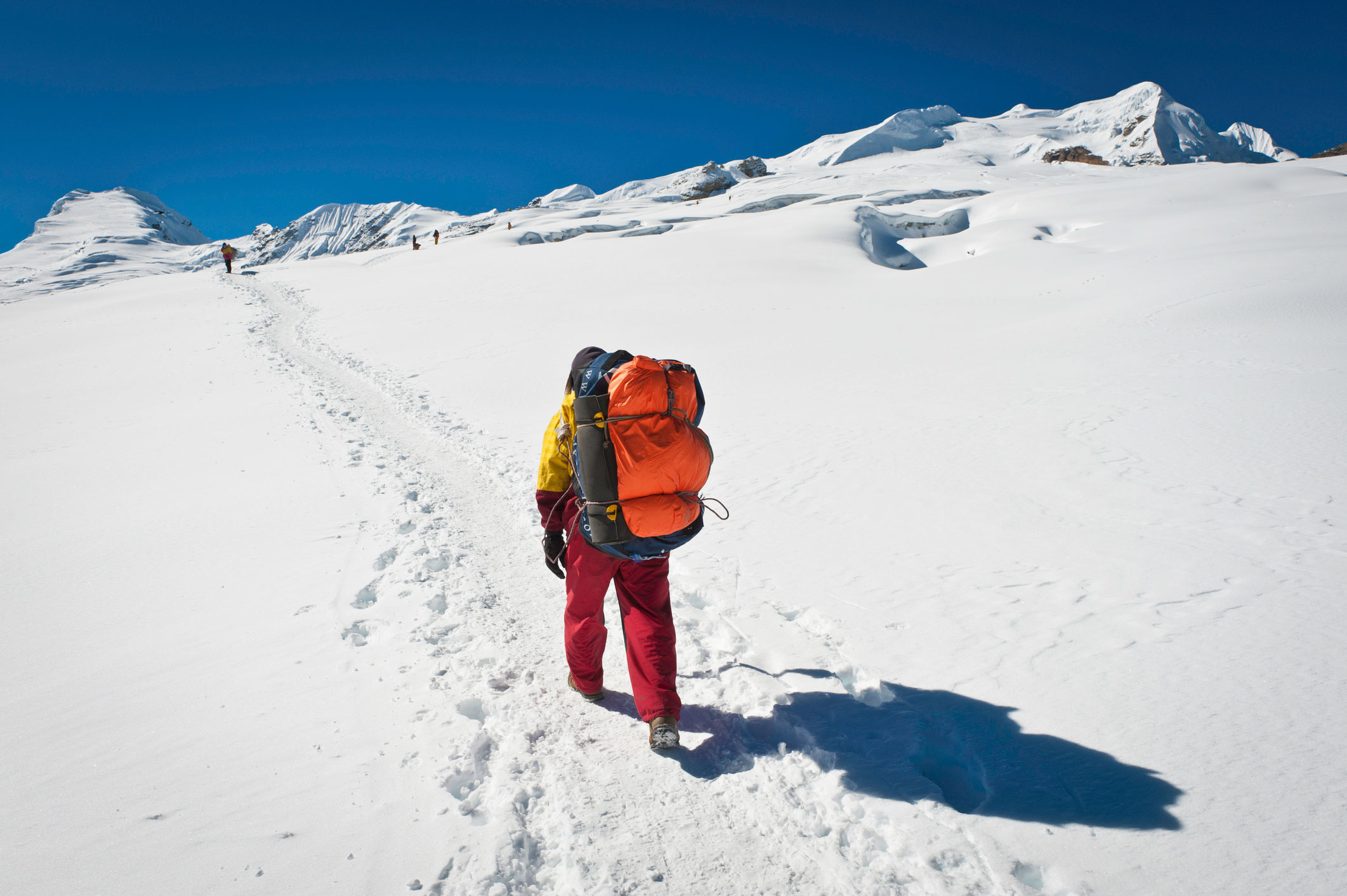
Sherpa Controversies
Critics have long argued that Sherpas are seriously underpaid for such dangerous work. Earning between $2,000 to $5,000 a season, compared with Western guides who can make up to and above $50,000 per season, there’s a sense that Sherpas are a consistently exploited workforce. Considerably more Sherpas have died on Mount Everest than any other group. They are regularly exposed to the most dangerous aspects of the mountain; think rockfalls, crevasses, exhaustion, frostbite, and the blood-thickening effects of altitude which can lead to strokes and clots. One ongoing controversy involving Everest Sherpas revolves around the measly compensation sums paid out to the families in the event of their death (about $4,600). In the event of injury, things aren’t much better with Sherpas often not being covered by the expedition’s finances. This results in them having to pay their own hospital bills.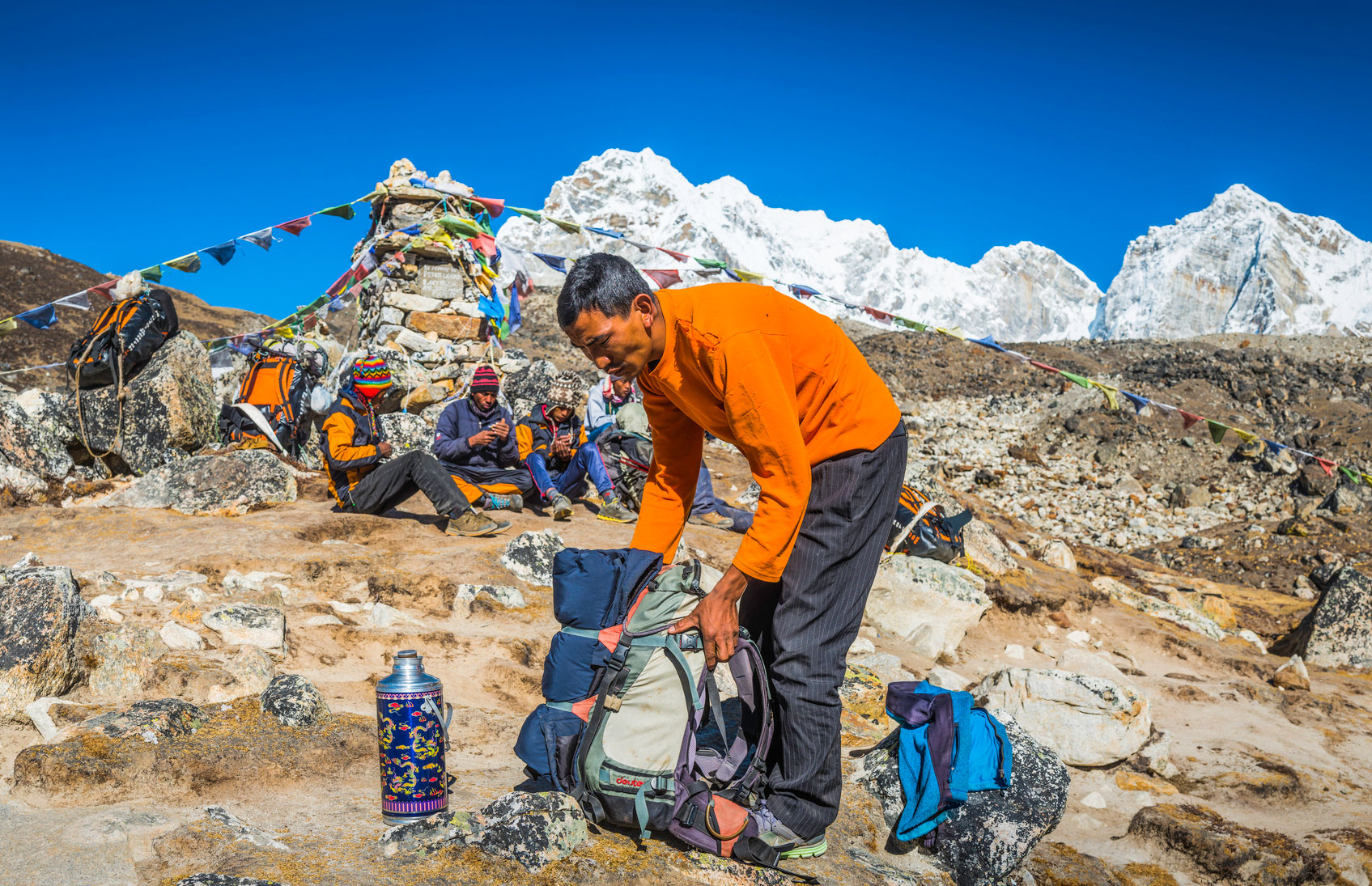
Sherpa Funds, Charities, and Foundations
There are a number of projects aimed at helping the Sherpa community, and the families of those affected by mountaineering tragedies. The Juniper Fund, for example, was started by mountain guides Dave Morton and Melissa Arnot. The fund’s online mission statement says they provide “…assistance to individuals, families, and communities in undeserved countries adversely impacted by their work for the mountain-based adventure industry.” Details on how to support them can be found on their website (http://www.thejuniperfund.org/). The Sherpa Education Fund was established to help fund the education of children in Nepal. The fund hopes that, through education, these students will enhance their communities by sharing their learned knowledge and generating resources in the future. Information on how to assist the project can be found on this website (http://www.alpineascentsfoundation.org/)Sherpa Documentary

Sherpa | This New Movie Will Change Everything You Think About Everest
The Sherpa documentary was critically well-received, and got nominated for a 2016 BAFTA. Patrick Peters of Empire magazine wrote: “…this is a spectacular, intimate and politically provocative exposé of the dangers, racial tensions and harsh economic realities on the world’s highest mountain.”
